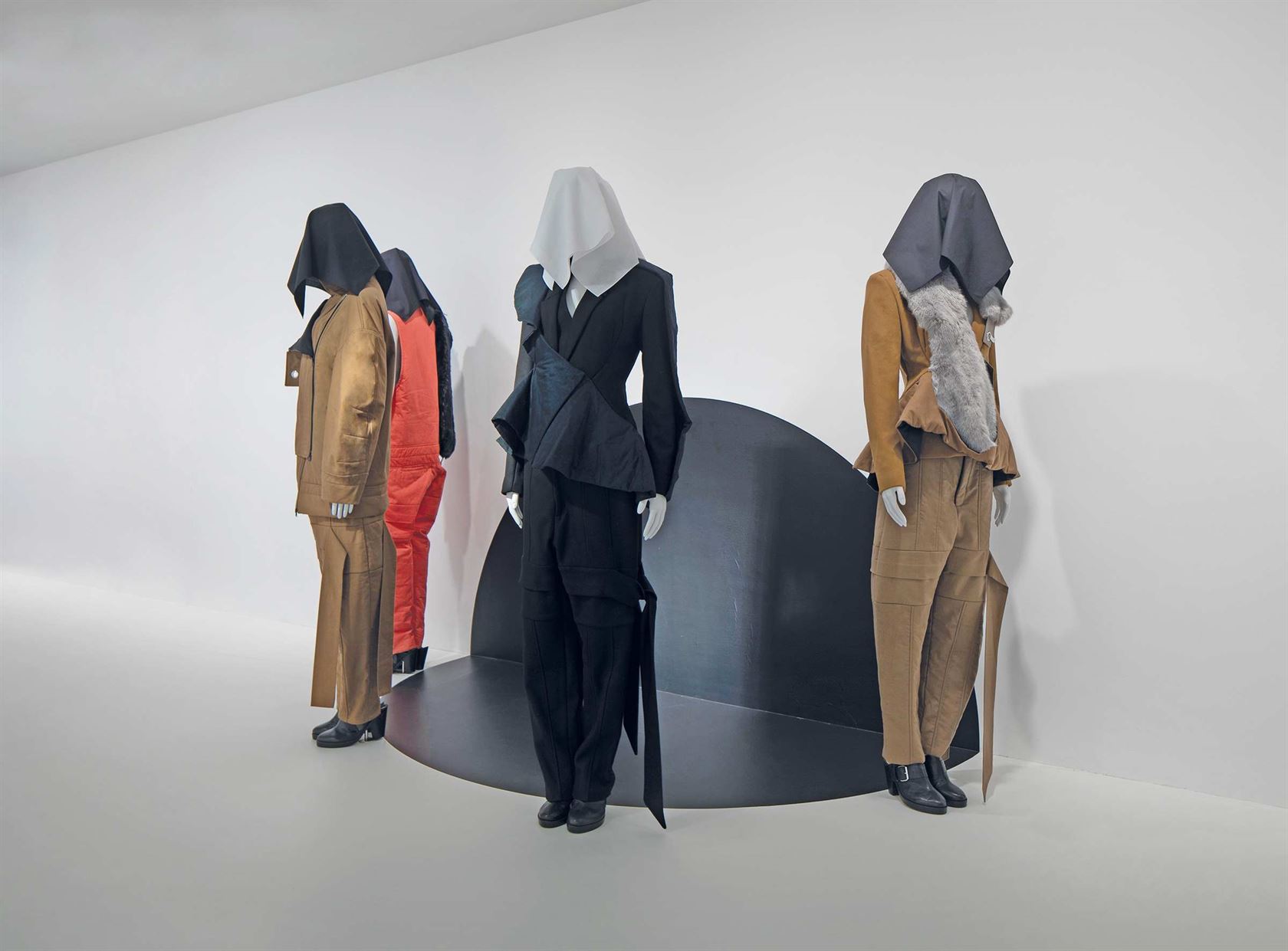
Hussein Chalayan Archipelago
Power Station of Art hosted the exhibition “Hussein Chalayan: Archipelago.”
Hussein Chalayan is an internationally recognized cutting-edge fashion designer, who moves between the fashion industry and art creation. He uses bodies and runways as a stage to discuss urban and cultural issues such as migration, identity, and borders through installations, videos, sounds, and various machineries. In comparison to his contemporaries, fashion critics find it difficult to define and categorize his works, which encompass highly sophisticated craftsmanship, cross-cultural thinking, dissection of the ideology behind clothes, as well as radical and runway shows.
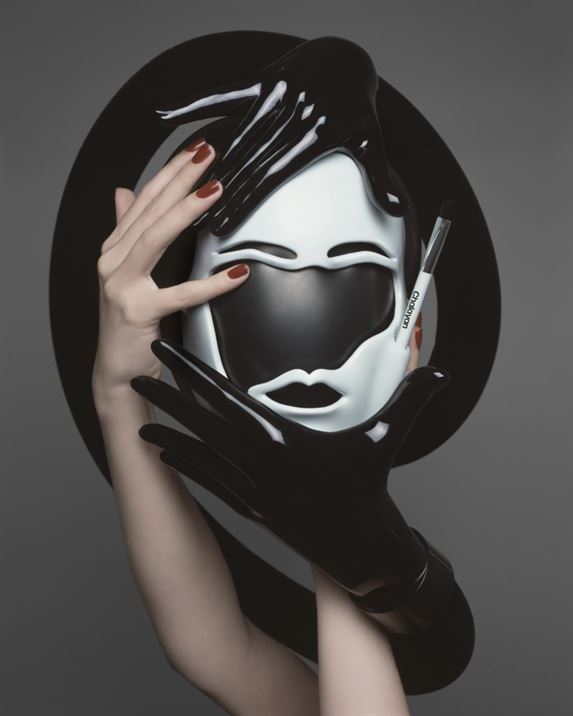
Hussein Chalayan liberates garments from their restraints in terms of function, trends, and the fashion industry, allowing them to express themselves more freely and profusely. This premiere of Hussein Chalayan’s work in China brought together more than 130 of his masterpieces, in parts coming from the collections of major museums and design institutions around the world. It formed an archipelago of nine islands, representing nine chapters of his creations.
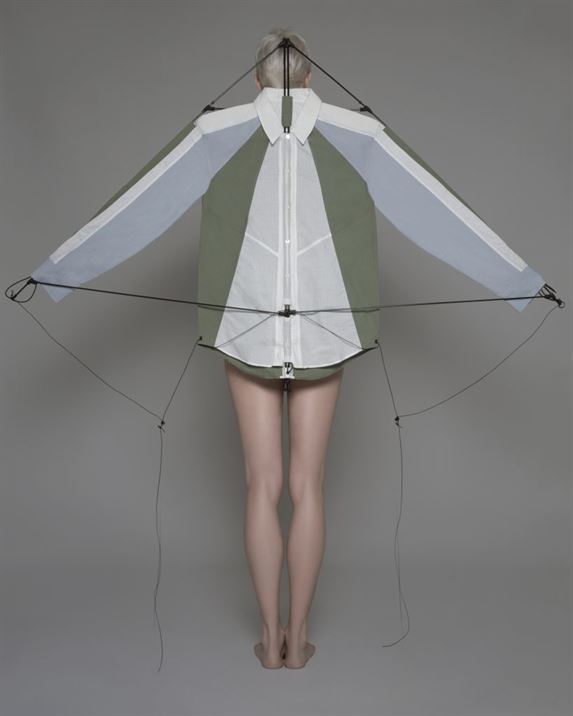
For Chalayan, “island” is not only his homeland but also a place of imagination and a drifting organism. Born in 1970 in Nicosia, Cyprus, Chalayan spent his childhood moving around with his family due to the conflict between the Greek and Turkish Cypriots on the island. At the age of 11, his mother sent him to study in the United Kingdom by himself, only to come back to Cyprus at the age of 16, and later return to England to attend University.
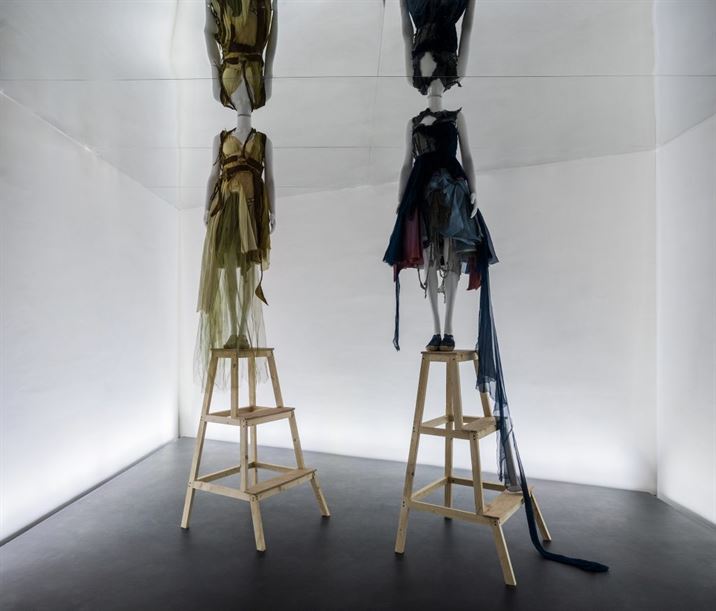
His graduation project at Central Saint Martins College of Art and Design in London revealed a very distinct interpretation of clothing compared to his contemporaries and he quickly became an “anomaly” of sorts within the European fashion scene. Through his designs, people can get a strong feeling for his thinking and criticism on the dichotomies of globalization and localism, the individual and the grand world theatre, and mechanistic views and the spiritual world.
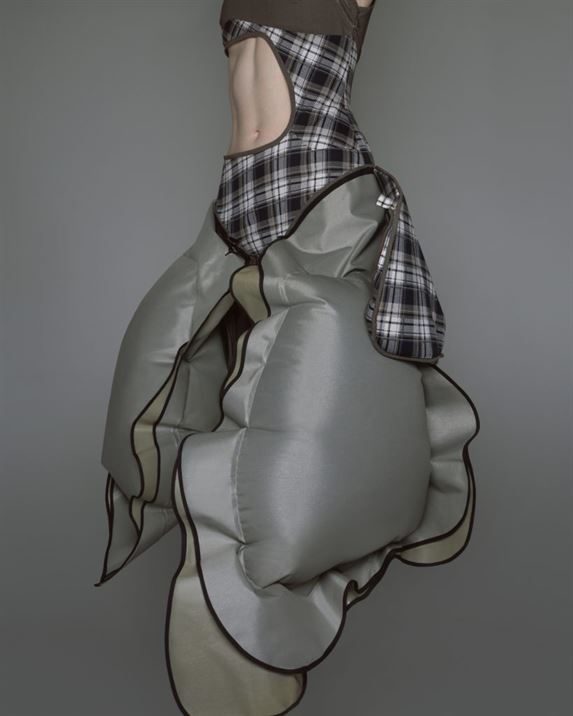
Chalayan lets his clothes oscillate between the two-dimensional (tailoring, films) and three-dimensional (fashion shows) in an effort for them to overcome their wearers and become disembodied, nameless narrators. He once stated that he wanted “to create a sense of life for the clothes,” which is also what we hope and imagine for the islands of this exhibition.
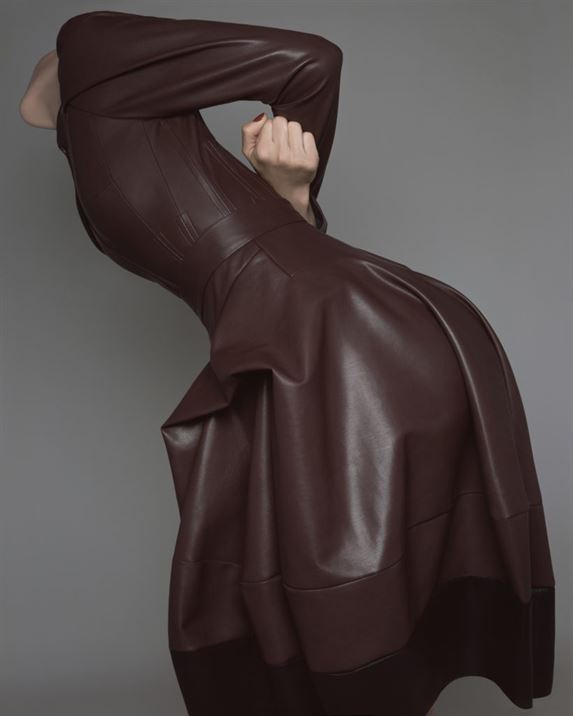

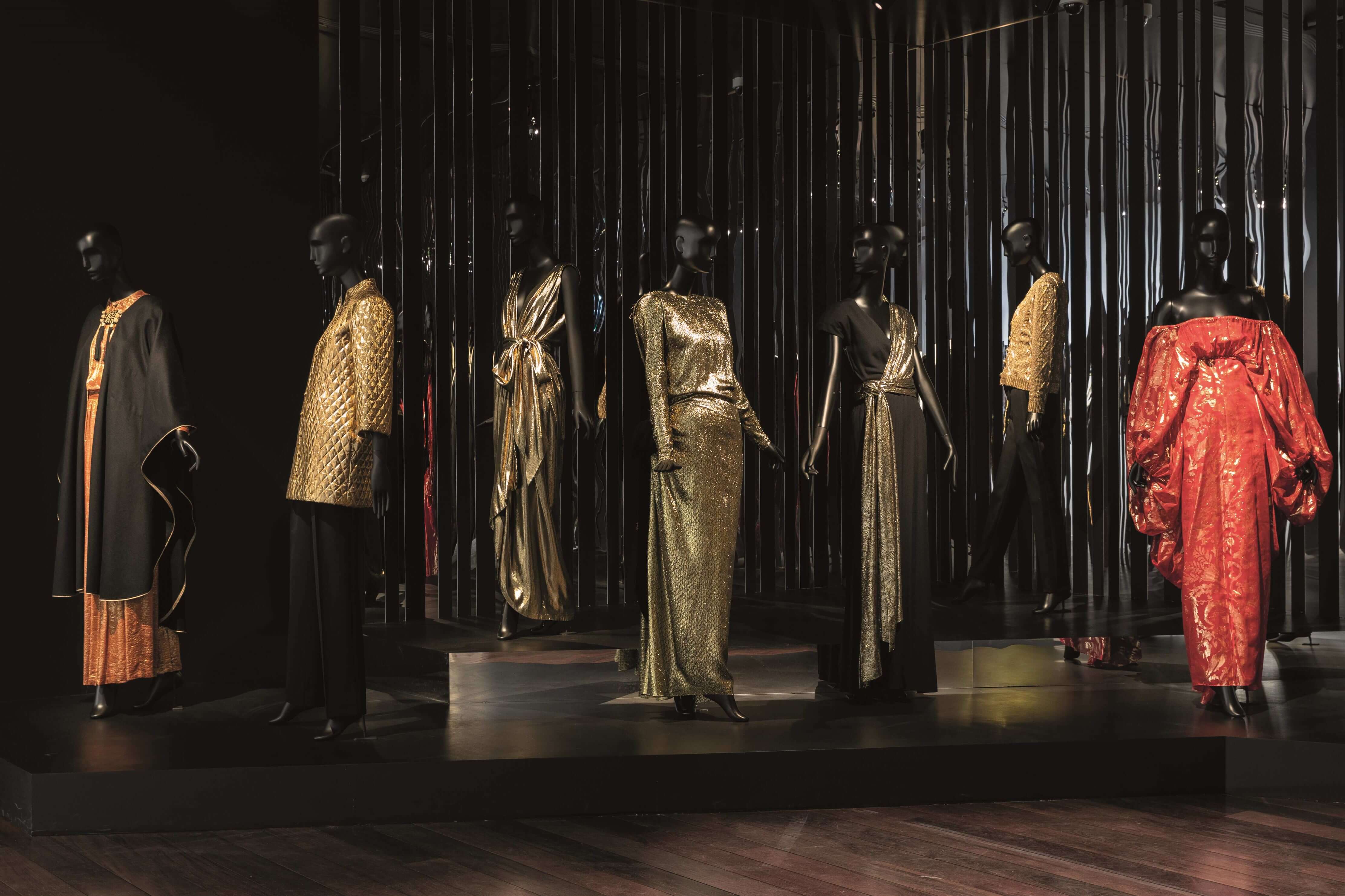
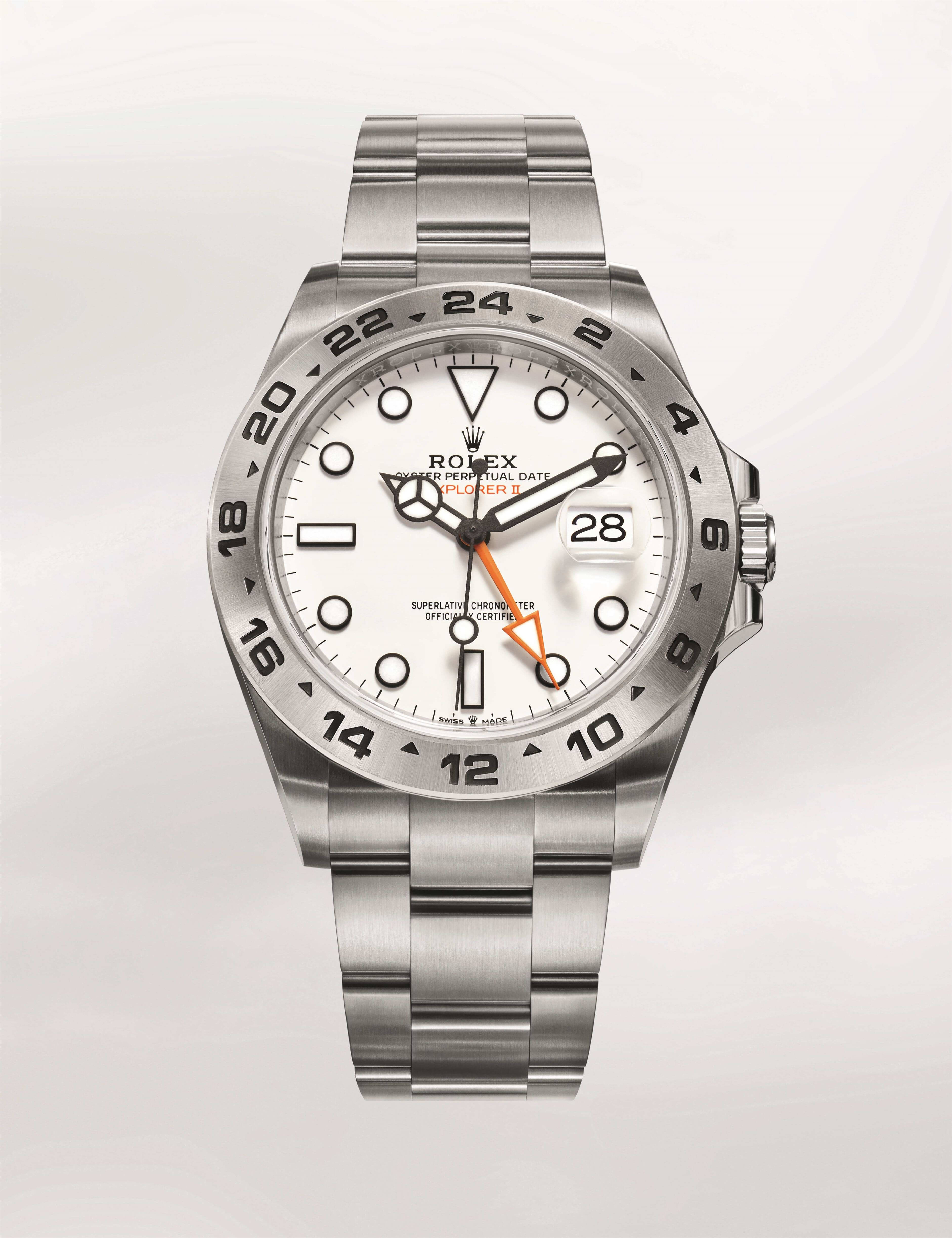
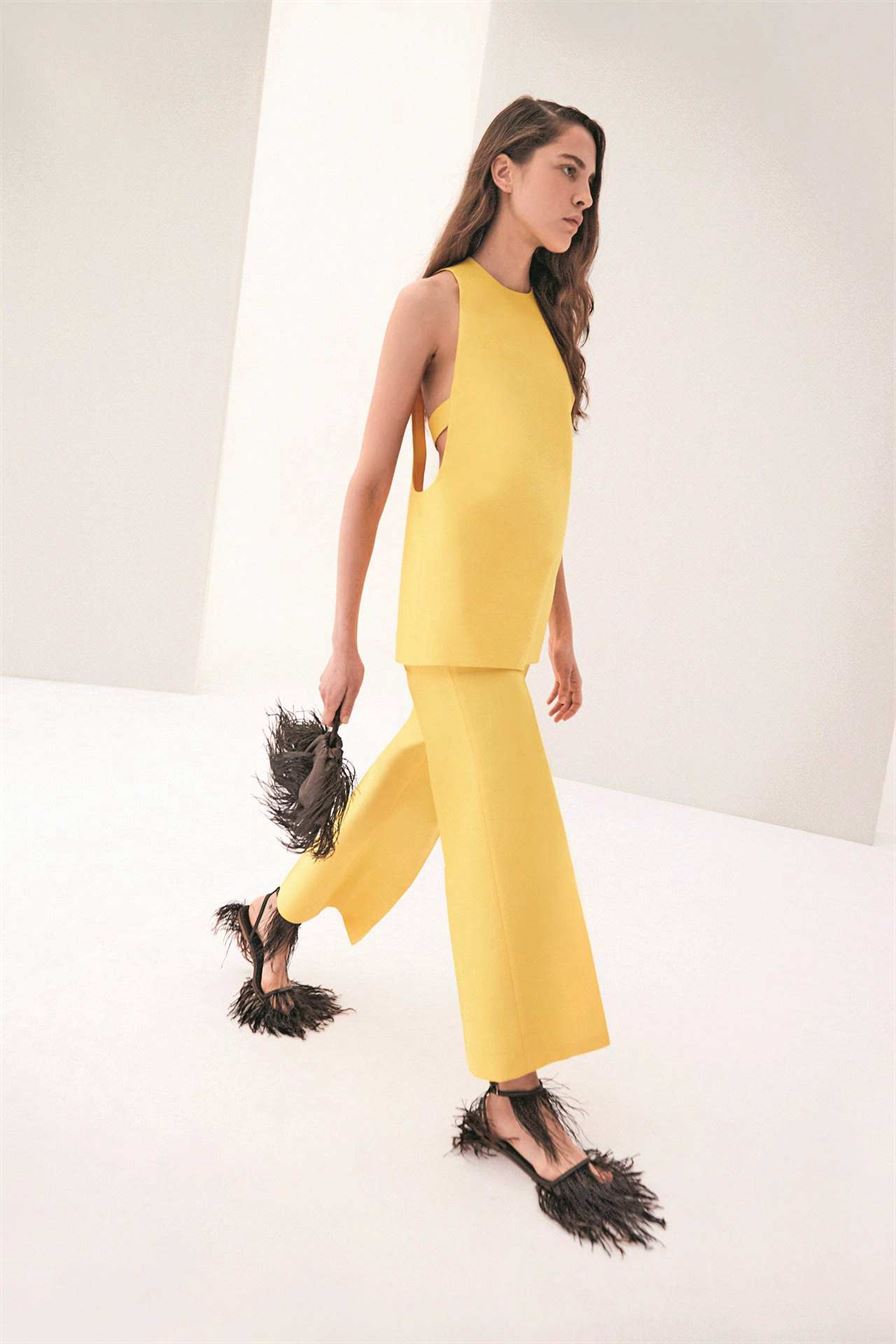
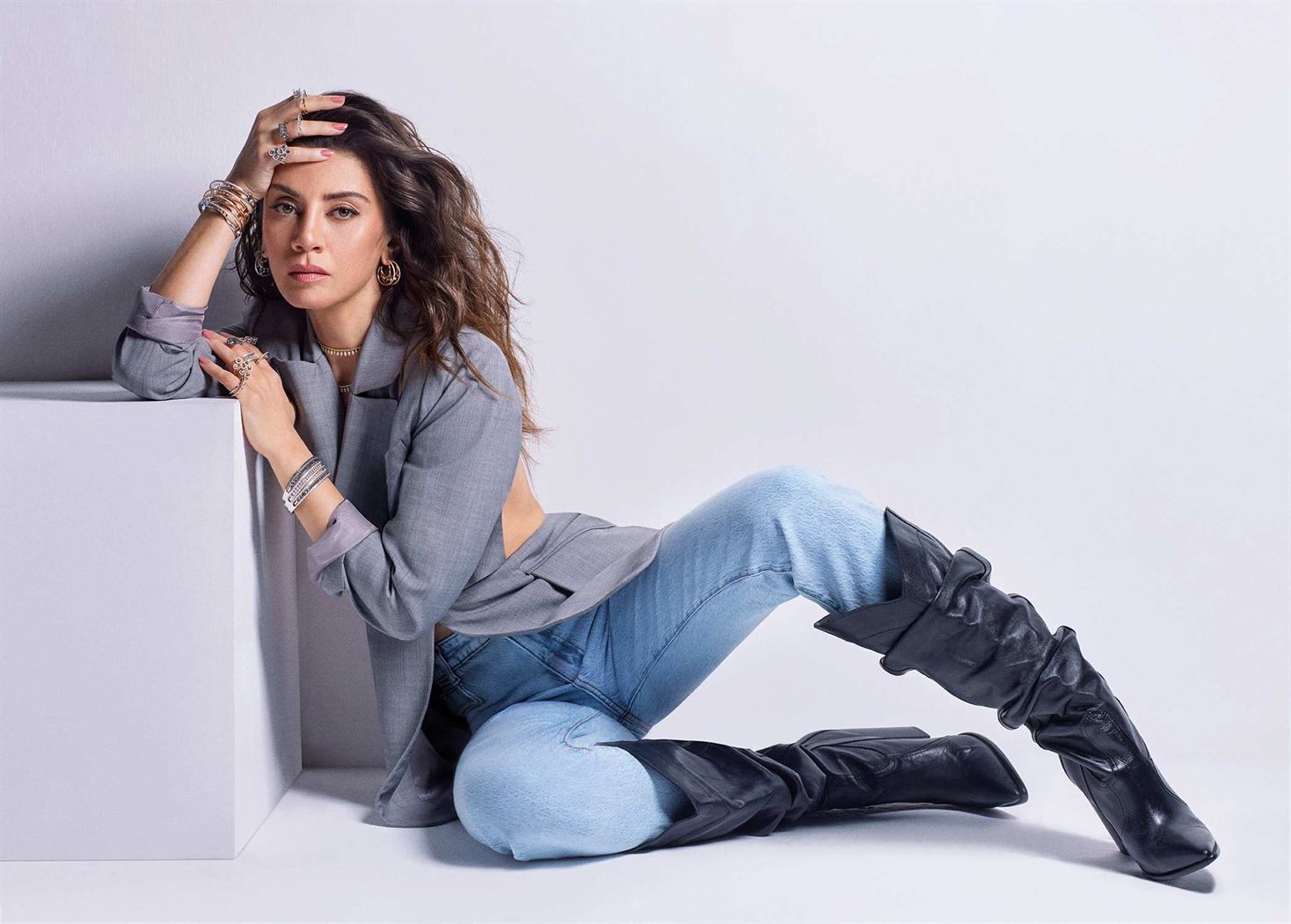
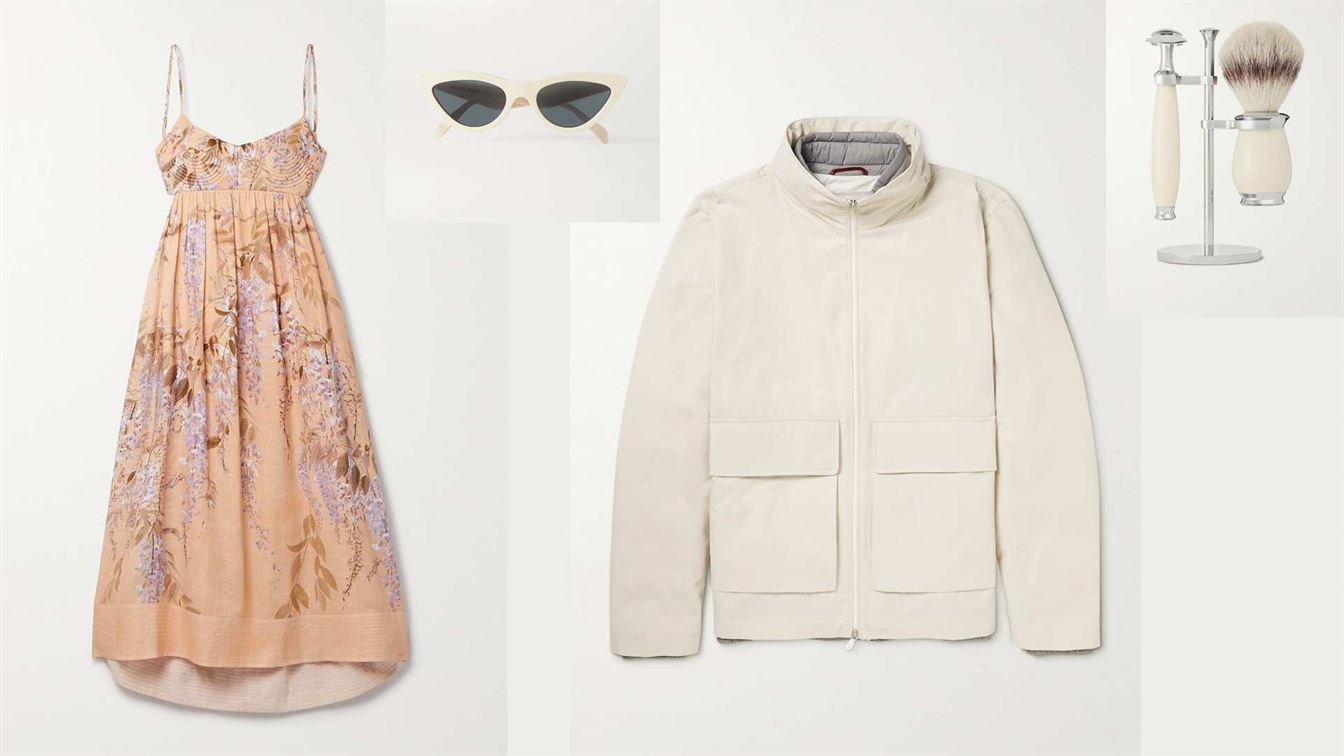
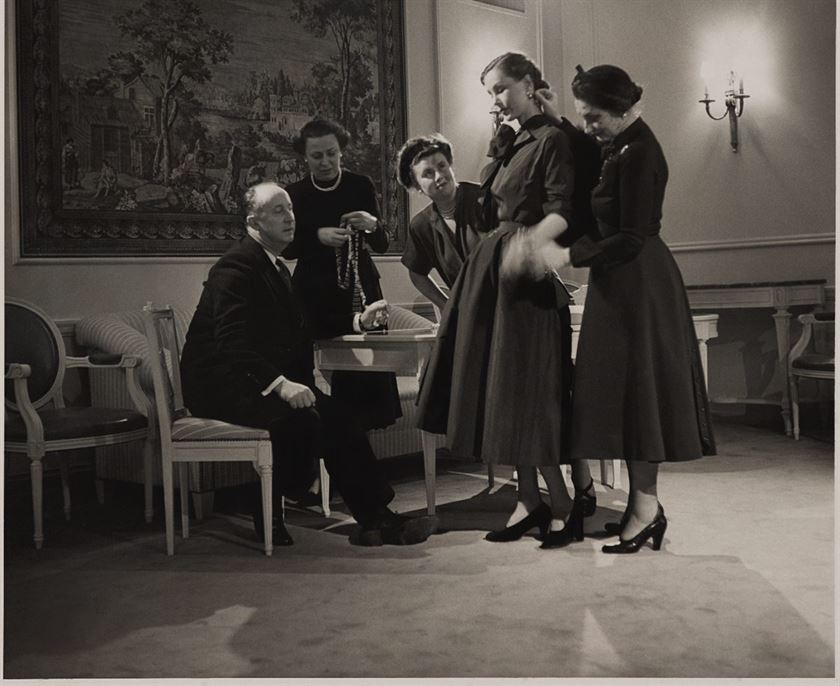

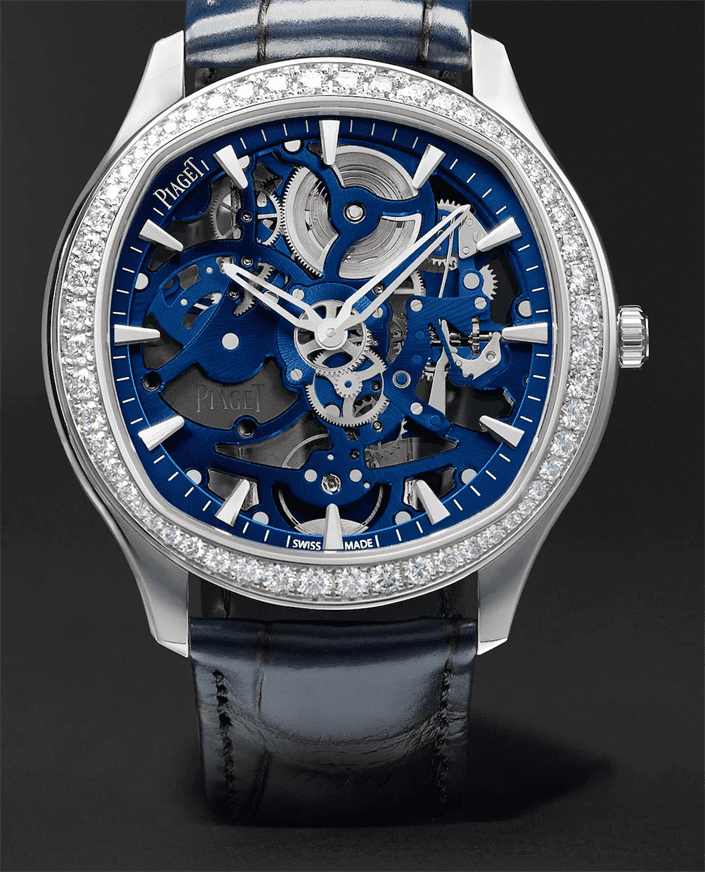
Comments